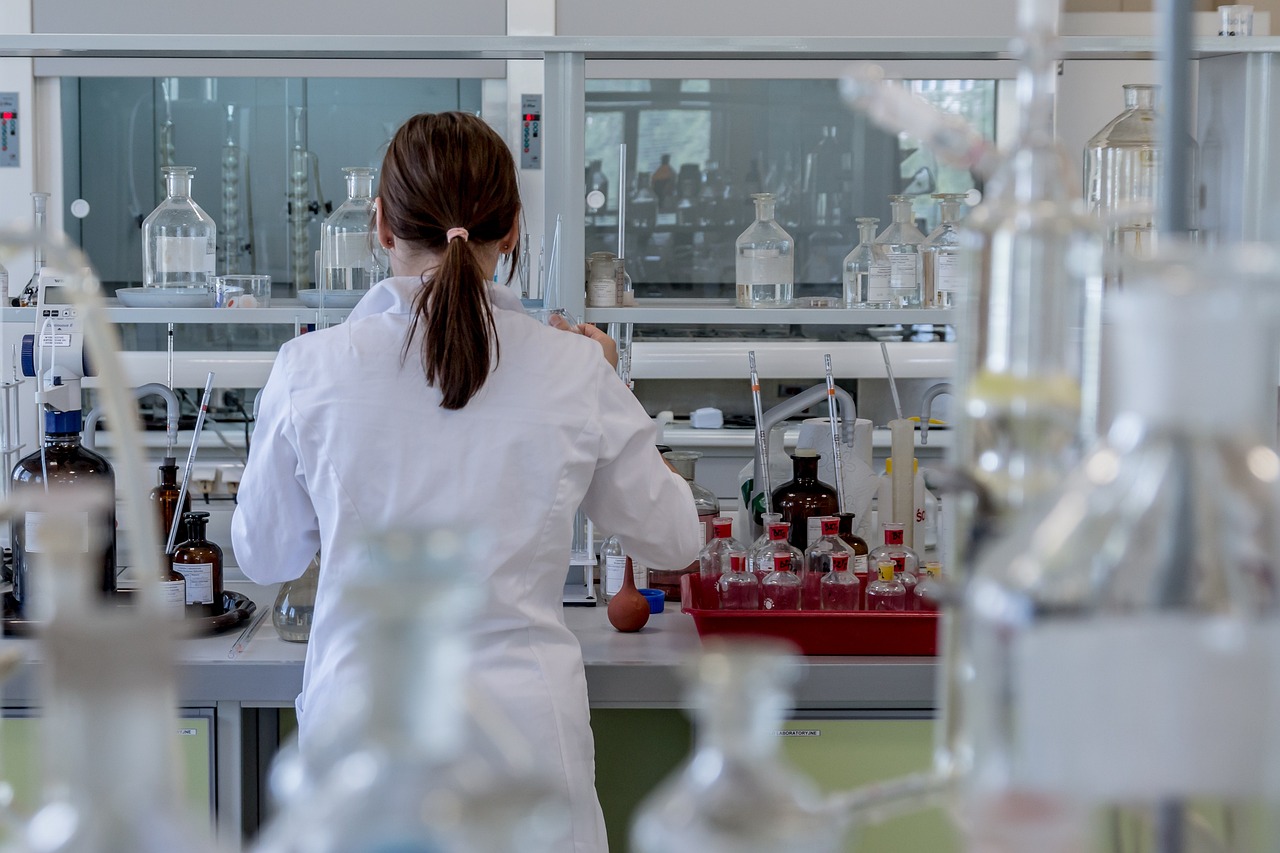Ultrafast optical spectroscopic measurement system developed at ELI in Szeged to study light-induced biological processes with help of BRC researchers
Researchers at the Institute of Plant Biology and Institute of Biophysics of the ELKH Biological Research Centre (BRC), in cooperation with professionals at the ELI-ALPS Laser Research Institute have developed an ultrafast optical spectroscopy measurement system with parameters not found anywhere else in Europe. The femtobiology workstation realized with the support of the Hungarian National Research, Development and Innovation Office (NKFIH) and the Eötvös Loránd Research Network (ELKH) was created to study light-induced biological processes.
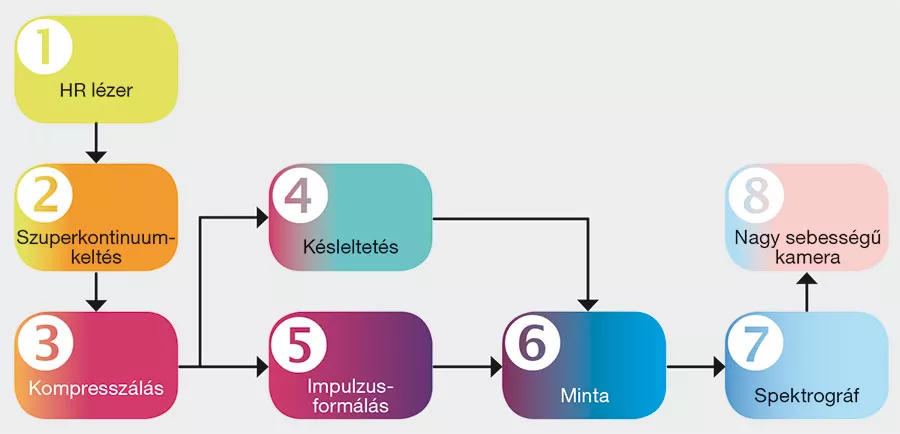
Block diagram of MDOS workstation with main components
Modern biology is revolutionizing structural biology with extraordinary speed, and this revolution is making it possible to observe the structure of proteins in atomic detail. However, knowing the structure of a complex macromolecule does not guarantee that we understand its function. It is especially difficult to predict photophysical processes, which usually take place at the borderline between classical physics and quantum physics. In biology, photoinduced processes occur in protein complexes and supercomplexes. These molecules, containing millions of atoms, are too large for quantum chemical calculations, but their operation is essentially governed by quantum mechanics. The use of spectroscopy is therefore essential to understanding the mechanisms of photobiological reactions. This is a great challenge, however, due to the size and complexity of biological structures.
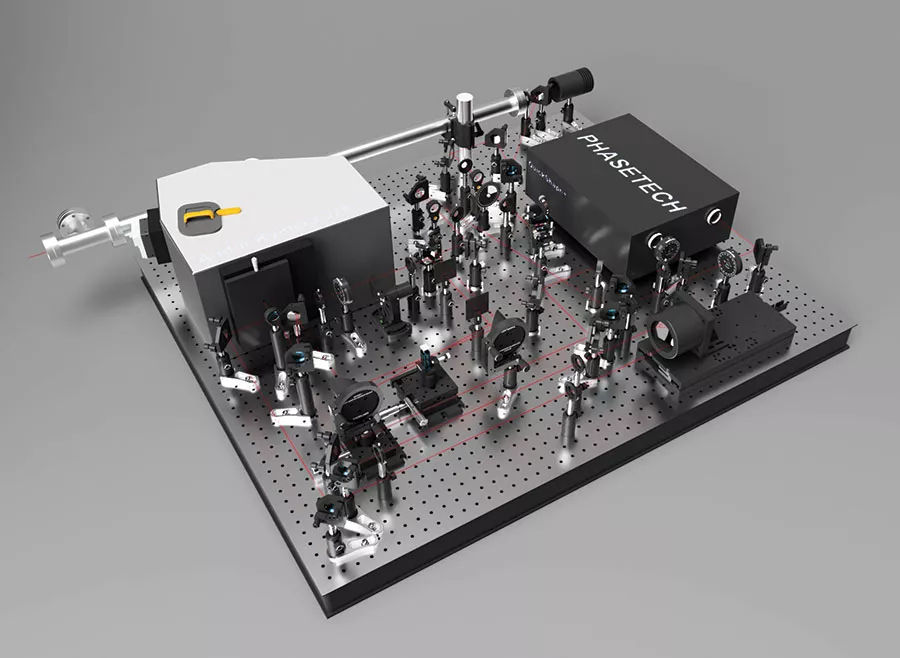
CAD design of a multidimensional optical spectroscopy measurement system
Femtosecond transient absorption spectroscopy is a fundamental tool in physical chemistry. The well-proven pump-probe technique uses a very short laser pulse ('pump'), usually around 100 fs or less, to initiate the reaction, bringing the molecule into an excited state. This is followed by a weak test pulse that reveals the changes in the system. The pulse pump is usually tuned to a specific wavelength to excite a specific pigment or molecular state, while the probe can be broadband, thus covering a wider spectral range. With the help of the transient absorption spectra recorded as a function of the elapsed time, the intermediate products of the reaction and the reaction times can be identified on a time scale ranging from femtoseconds to seconds, or even longer.
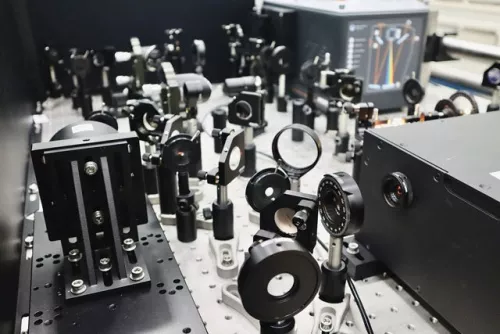
Femtosecond multidimensional optical spectroscopy measurement system
The transient absorption measurement method has an inherent limitation, in the sense that the spectral and temporal width of the optical pulses is connected by the Fourier transform limit, i.e. the shorter the pulses are in time, the wider their wavelength range, and vice versa. For this reason, it is not possible to break down the wavelength resolution of extremely short pump pulses. Two-dimensional electronic and, in a broader sense, multidimensional optical spectroscopy – 2DES and MDOS – offer the possibility to circumvent this by measuring the transient absorption with a series of broadband pulses as a function of the frequency of the pump and probe pulses, which can be as short as desired. This technique is particularly advantageous for the study of complex biological systems containing many interacting pigment molecules and multistep light-induced reactions with many intermediate states.
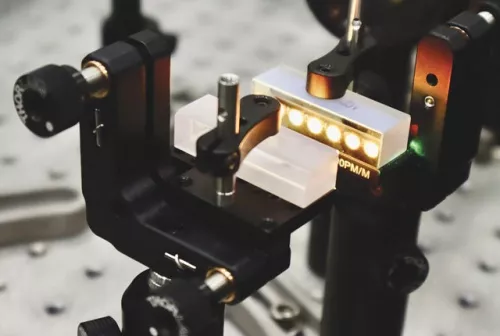
Reflections of a supercontinuum beam on phase-correcting ('misaligned') mirrors
